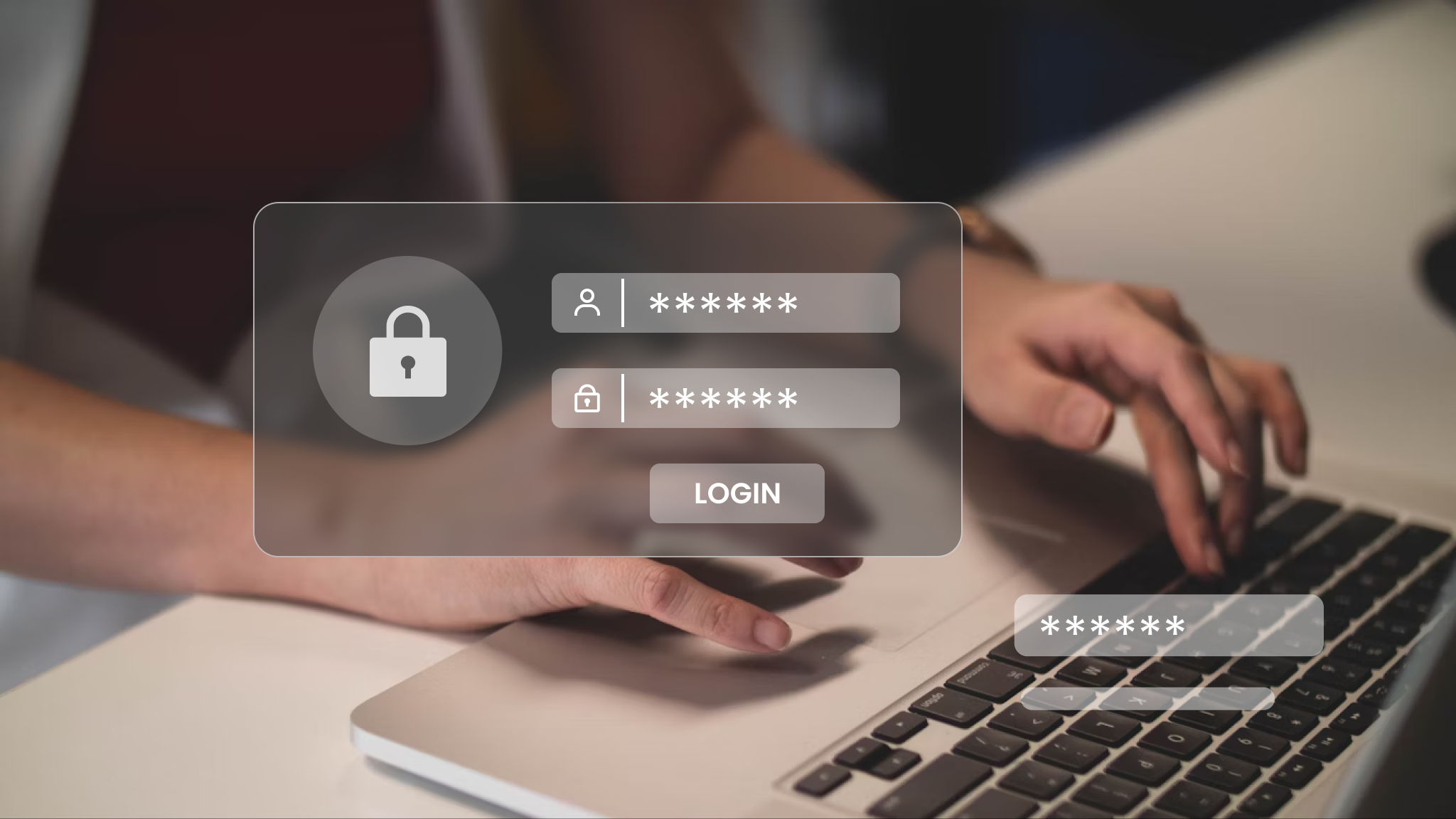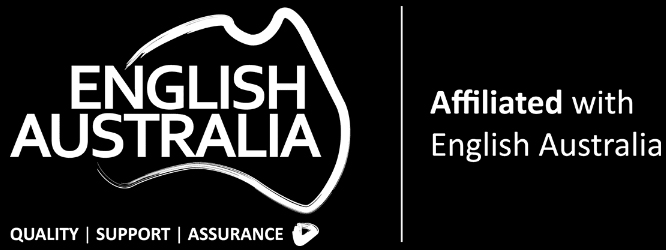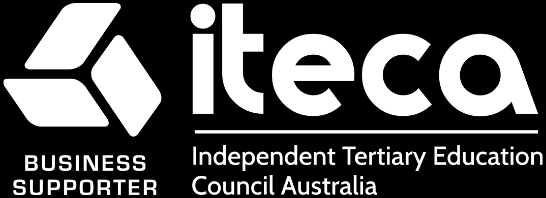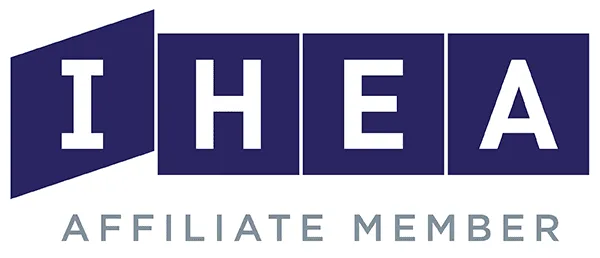Introduction
In an era of rapid digital transformation, Australian tertiary institutions face increasing pressure to deliver exceptional student experiences while meeting rigorous regulatory standards. A Student Management System (SMS) has emerged as an essential tool to support these goals — modernising administration, improving engagement, and empowering data-driven decision making.
A Student Management System also supports the core business operations of tertiary institutions, enabling them to focus on their main business activities while streamlining administration and compliance.
This article explores what an SMS is, its critical features, and why it has become indispensable in the context of Australian higher education.
Definition of a Student Management System (SMS)
A Student Management System (SMS) is a complete, integrated software platform designed to centralise and manage a wide range of student-related information and processes. From admissions and enrolments to grades and compliance reporting, an SMS provides a comprehensive foundation for efficient, streamlined operations.
Overview of its Role in Tertiary Education Institutions
In higher education, an SMS functions as the central nervous system for all student lifecycle activities. It connects disparate administrative and academic functions, facilitates communication across departments, and enables institutions to provide more personalised support to students.
By using a Student Management System, institutions can streamline processes and improve coordination across departments, resulting in more efficient operations and better outcomes for both staff and students.
Focus on the Australian Tertiary Education Context
Australia’s tertiary education sector consists of two main sectors: Higher Education and Vocational Education and Training (VET) is highly regulated, with stringent compliance requirements set by bodies such as TEQSA (Tertiary Education Quality and Standards Agency) and ASQA (Australian Skills Quality Authority). An SMS not only ensures operational efficiency but also supports institutions in adhering to national security and compliance standards, maintaining student data accuracy, and enhancing institutional reputation.
Australian education providers, including universities and Registered Training Organisations (RTOs), rely on SMS platforms to meet compliance requirements and maintain operational excellence.
Key Features of a Student Management System
Centralised Student Information Database
An SMS consolidates all student records — personal details, academic history, financial information — into a single, secure database, reducing duplication and improving data integrity.
Enrolment and Course Management
Automated tools allow administrators to manage course offerings, enrolment periods, and student schedules with greater accuracy and minimal manual intervention.
The system also enables administrators to manage course content, including multimedia materials and interactive resources, to enhance the learning experience.
Attendance and Behaviour Tracking
Monitoring student attendance and behaviour helps institutions identify at-risk students early and implement targeted support strategies.
Assessment and Grade Management
An SMS simplifies the collection, calculation, and reporting of student assessments, ensuring transparency and consistency across courses and faculties.
Communication Tools for Students and Staff
Built-in messaging and notification systems improve communication efficiency, helping institutions keep students and staff informed and engaged. These tools help staff and students stay informed and engaged throughout the academic year.
Compliance and Reporting Capabilities
Australian tertiary institutions must meet specific reporting requirements. An SMS facilitates automated generation of compliance reports, reducing administrative burden and minimising human error.
Importance of Student Management Systems in Australian Tertiary Institutions
Streamlining Administrative Processes
An SMS automates repetitive tasks, allowing administrative staff to easily focus on higher-value activities and strategic initiatives.
Ensuring Compliance With Australian Education Regulations
Compliance is non-negotiable, and institutions need an SMS to support adherence to legislative requirements and reporting standards. This mitigates risk and safeguards institutional integrity.
Enhancing Student Experience and Engagement
By providing timely information and support to each learner, streamlined services, and personalised support, an SMS contributes directly to improved student satisfaction and retention.
Additionally, the system enables institutions to engage learners more effectively, supporting their progress and overall satisfaction throughout their educational journey.
Supporting Academic Staff and Administrative Efficiency
Academic staff benefit from simplified grading, attendance tracking, and student communication tools, enabling them to focus more on teaching and mentoring.
Facilitating Data-Driven Decision Making
Real-time access to comprehensive student data allows leadership teams to get the insights they need to make informed decisions, proactively address challenges, and improve institutional performance.
Benefits of Implementing a Student Management System
- Improved accuracy and accessibility of student data: A centralised database ensures data is up to date and readily available to authorised staff.
- Time and cost savings through automation: Automated workflows reduce manual data entry and administrative overhead.
- Enhanced communication: Integrated tools streamline engagement between students, staff, and administration.
- Real-time tracking of progress and performance: Continuous monitoring supports early intervention and better academic outcomes.
- Integration with Learning Management Systems (LMS) and other platforms: Seamless connections to learning management and financial systems provide a holistic view of each student’s journey.
- Support for online and blended learning environments: As digital and hybrid learning models grow, an SMS underpins flexible delivery and responsive student services.
- A powerful, all-in-one solution and offering: The SMS is an easy to use, comprehensive solution that has made a significant impact on institutional efficiency and student outcomes by combining multiple features into one platform.
Implementation and Onboarding
Implementing a student management system is a pivotal step for higher educational institutions and RTOs aiming to streamline administration and enhance the student journey. A successful implementation begins with a thorough needs assessment, allowing the institution to identify the specific features, integrations, and compliance requirements necessary for their unique environment. This ensures the management system is tailored to support the organisation’s goals, whether that involves managing complex course structures, automating assessments, or meeting VET and higher education compliance standards.
Once the needs are clearly defined, the setup phase involves configuring the platform to align with institutional processes. This includes creating user roles, setting up courses, and migrating existing student data into the new system. Careful planning during this stage is essential to ensure data accuracy and to facilitate seamless integration with other platforms, such as Learning Management Systems (LMS) and financial software. The best student management systems offer robust integration tools, making it easy to connect with existing educational technologies and streamline workflows.
A user-friendly onboarding process is crucial for maximizing the benefits of the new system. Comprehensive training programs should be provided to all staff and users, covering everything from basic navigation and data entry to advanced features like automated reporting, compliance management, and real-time communication tools. Effective training empowers users to manage student information, courses, and assessments with confidence, reducing the learning curve and minimizing disruptions.
Ongoing support and customer service play a vital role during and after the onboarding process. Access to real-time assistance ensures that any issues or questions are resolved quickly, helping staff and students make the most of the system’s capabilities. Reliable support not only addresses technical challenges but also fosters a positive user experience, making the transition to the new platform as smooth as possible.
A well-implemented student management system offers easy access to information, automated administrative tasks, and comprehensive reporting features, all within a secure and compliant environment. By focusing on user needs, providing thorough training, and ensuring strong support, institutions can create a seamless onboarding experience that sets the stage for long-term success. Ultimately, this approach leads to better management of student data, improved compliance, and a more engaging and efficient learning environment for both staff and students.
Challenges and Considerations
While the benefits of SMS are substantial, successful implementation requires careful planning and consideration of key challenges:
- Data privacy and security compliance: Strict adherence to Australian privacy laws, including the Privacy Act 1988 and Australian Privacy Principles, is mandatory when handling sensitive student information. Institutions must also proactively manage cybersecurity risks to protect the integrity and confidentiality of their data.
- Customisation to meet institutional needs: Each institution has unique workflows, student demographics, and regulatory requirements. An SMS must offer flexibility and scalability to adapt accordingly.
- Training and ongoing support: Comprehensive, role-specific training promotes effective system use, while continuous support ensures timely resolution of issues and sustained user adoption.
- Seamless integration with existing technology ecosystems: To maximise value, SMS platforms must integrate smoothly with Learning Management Systems, finance and billing software, national reporting tools, and other institutional IT resources.
Future Trends in Student Management Systems for Australian Higher Education
Australian tertiary institutions are increasingly adopting SMS platforms that leverage emerging technologies to drive enhanced outcomes:
- Cloud-based platforms and mobile accessibility: Cloud hosting reduces on-premises infrastructure demands, while mobile access empowers staff and students with anytime, anywhere connectivity.
- Advanced analytics and predictive reporting: Sophisticated data analysis tools enable proactive identification of student risks and support strategic institutional decision-making.
- Artificial Intelligence and automation: AI-powered tools personalise student engagement, automate routine administrative tasks, and enhance service delivery.
- Tighter integration with national education frameworks: Future-ready SMS solutions align seamlessly with AVETMISS, USI, PRISMS, TCSI, and TEQSA reporting, simplifying compliance and data exchange.
Over time, leading SMS providers continue to evolve their offerings in response to technology advances and shifting sector demands.
Conclusion
A Student Management System forms the backbone of modern tertiary education in Australia. By streamlining administration, enabling rigorous compliance, and enhancing personalised student support, an SMS empowers institutions to operate more efficiently and strategically.
For universities and colleges seeking to remain competitive and deliver exceptional value, investing in a user-friendly, future-ready SMS represents not just a technological upgrade but a vital strategic commitment to long-term success.
Equipped with advanced functionality and aligned to regulatory frameworks, a forward-thinking SMS equips institutions to meet today’s challenges and anticipate the needs of tomorrow, fostering a more connected, efficient, and student-centred higher education environment.












